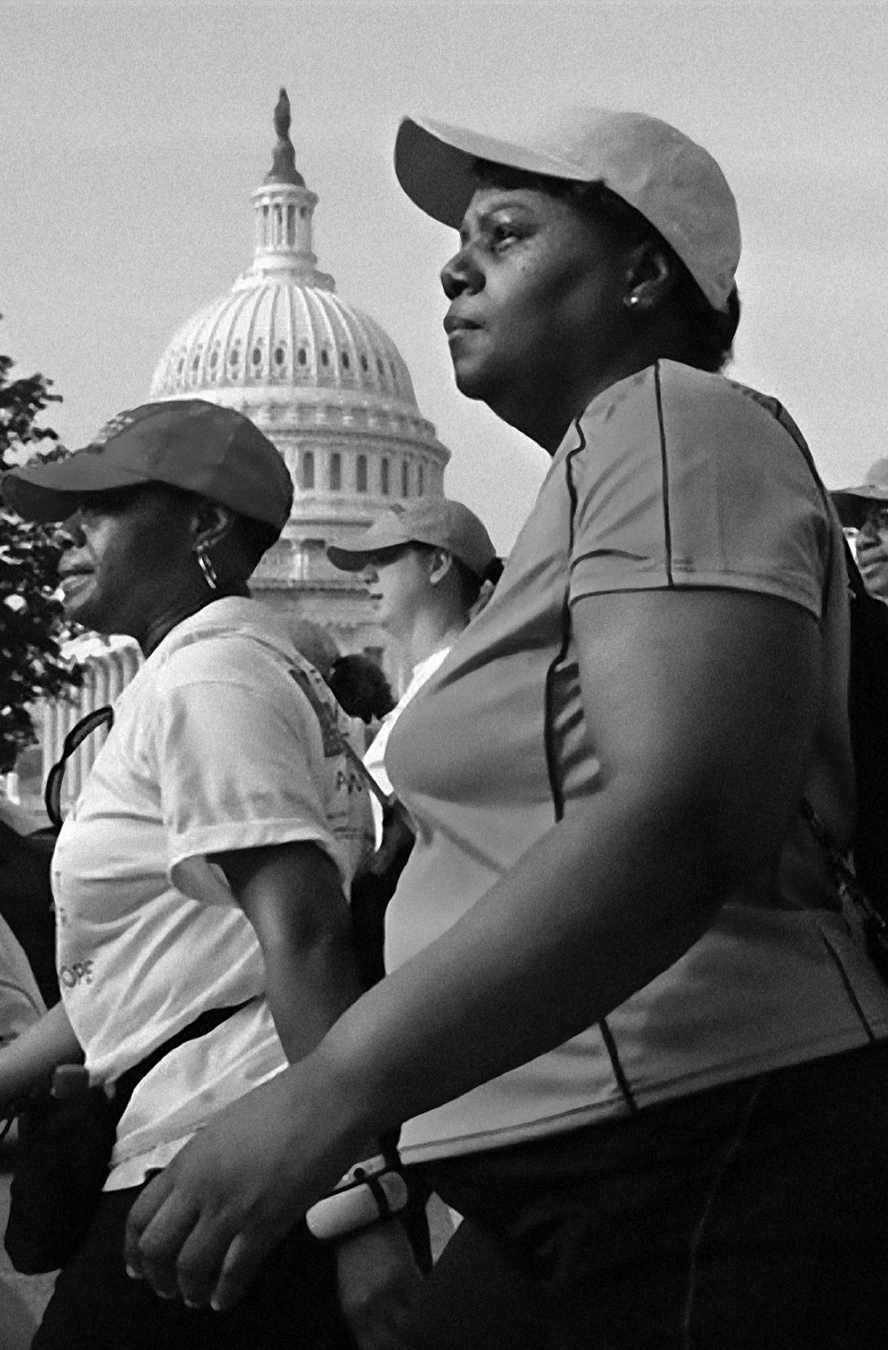9 Communicating in Groups
9 Communicating in Groups
Page 189

 Look for LearningCurve throughout the chapter to help you review.
Look for LearningCurve throughout the chapter to help you review.
Curtis walks for his wife. Danielle walks for her mother. Lynette walks for herself. And Cindy walks for her young granddaughter in the hope that she’ll never hear the four terrifying words that changed Cindy’s life forever: “You have breast cancer.”
Every year, the organization Susan G. Komen for the Cure plans “3-Day,” sixty-mile walks all over the United States to raise funds for breast cancer. Individuals are required to raise a minimum of $2,300 to participate and must train mentally and physically for the challenge of the walk.
Even given the challenges, thousands of men and women (over 220,000 since 2003) gladly devote their time and effort to participate (“Susan G. Komen,” 2011a). They plan money-raising events, from car washes to fashion shows. They prepare their bodies with virtual trainers and volunteer practice walks. Susan G. Komen for the Cure also hosts online forums so that participants have a virtual space to encourage and support one another, before and after the walk.
By the time the 3-Day for the Cure weekends arrive, participants know that they are members of a community—more powerful than any individual—that shares goals, drive, and quite often, the experience of being touched by breast cancer, either personally or through the struggle of a loved one. That sense of community certainly comes in handy when rain pours down, calves get sore, blisters form, and ice packs just aren’t enough. In any direction a participant looks, there is a fellow teammate ready to point out their shared commitment: “Sixty miles. I can do that.”
CHAPTER OUTCOMES
After you have finished reading this chapter, you will be able to
List the characteristics and types of groups and explain how groups develop.
Describe ways in which group size affects communication.
Identify the influence of networks in groups.
Define the roles individuals play in a group.
Identify key issues affecting group communication and effectiveness.
Given the complexity of communication between two individuals (a dyad), as mentioned in earlier chapters, consider how much more complicated the process can become when you add more people! When three or more people come together, their interactions and relationships—and their communication—take on new characteristics, as you can see in our discussion of the 3-Day for the Cure walks. In this chapter, we’ll learn more about group communication, how groups operate, and the factors that influence their communication.